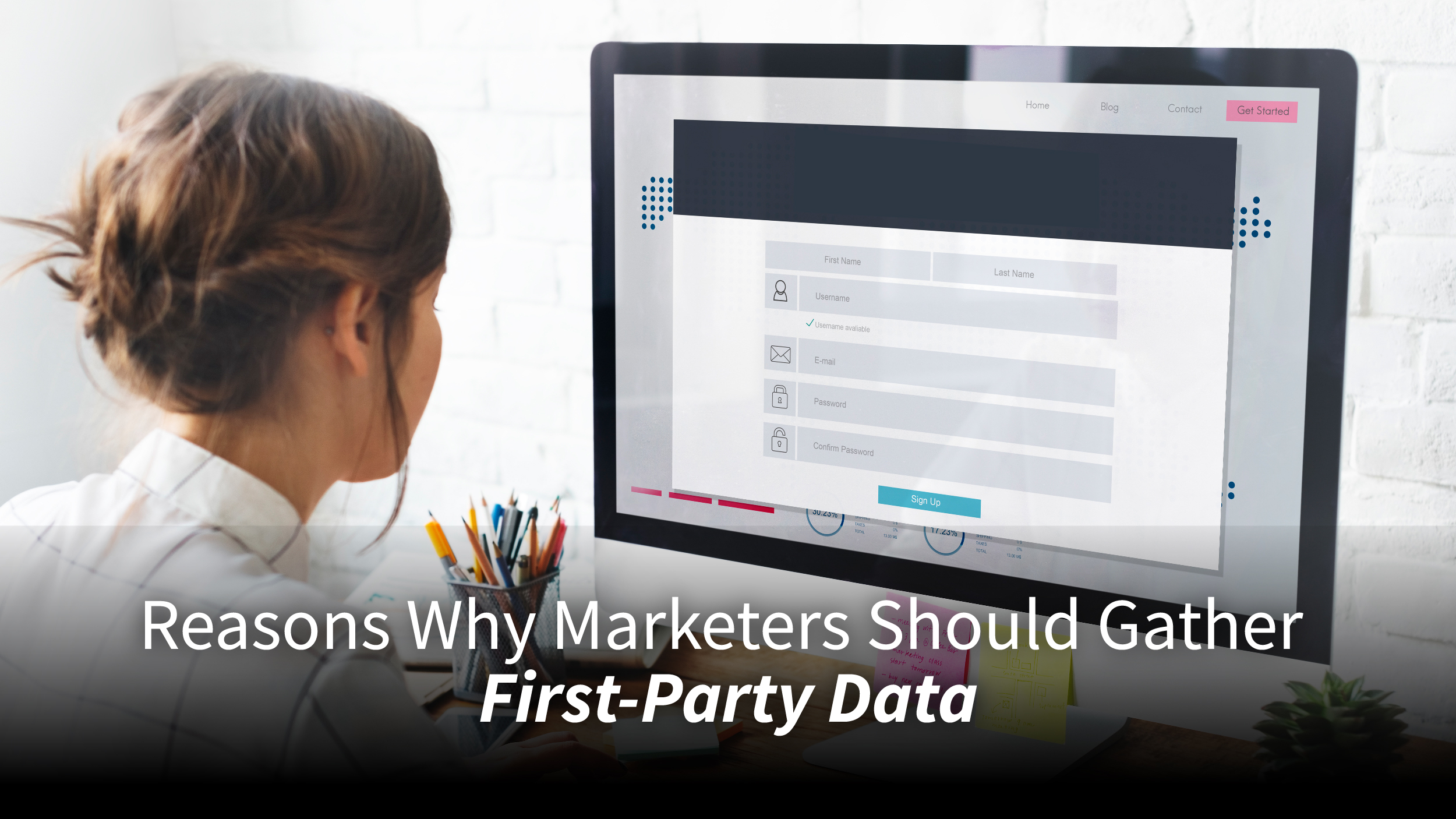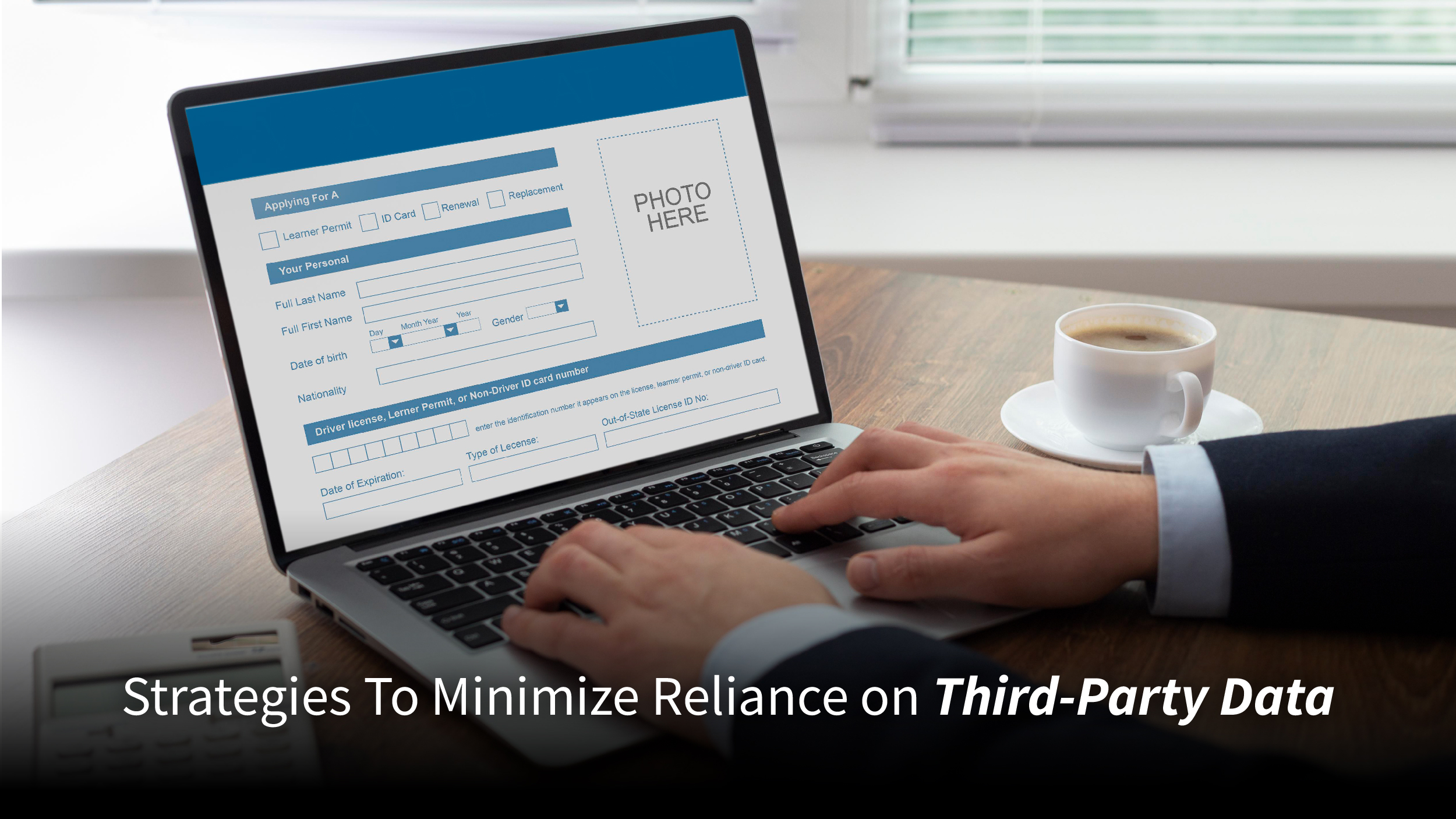With the recent statement by Google that it plans to phase out the withdrawal of third-party cookies until further notice, CMOs have enough time to make required modifications to brace for the impact of a cookie-less future.
The marketing landscape is constantly evolving; as the consumer, market, and workers’ demands shift, marketers need to make strategic mutations to their pre-sales operations. Governing bodies worldwide, like Europe’s California Consumer Privacy Act (CCPA), General Data Protection Regulation (GDPR), and others, continually revise the laws to strengthen the consumer’s right to privacy. As the globe gradually approaches adopting a privacy-first landscape, data has evolved as the key to ensuring business scalability. To secure sustainable growth, marketers should consider gauging compliance adherence relevant to their industries, which incorporates aligning marketing results to business objectives, enforcing a culture of innovation, and closing the data gaps as they scale. Marketing leaders are exploring opportunities to gather first-party data to avoid reliance on third-party cookies. In this blog, let us have a look at why marketers should shift to gathering first-party data.
Reasons Why Marketers Should Gather First-Party Data

Rather than waiting for privacy laws and regulations to be enforced by the governing bodies or company owners, marketers need to consider adopting proactive strategies to stay one step ahead of the competition by using their time, resources, and energy efficiently to seek effective ways to rely less on third-party data. Even though the demise of third-party cookies has been postponed or potentially canceled does not reduce the challenges of the overall MarTech advertising landscape. Marketers will still be able to use third-party cookies that have offered relief in their retargeting and mobile data-gathering processes. Although Google might not remove the cookies yet, the company is still working on its privacy sandbox initiative. The lack of third-party cookies in the future might affect social media marketing and affiliate advertising strategies.
Also Read: Content Collaboration: What Is It And Why Is It Important?
CMOS today should embrace effective proactive workflows and cutting-edge MarTech Stack to meet the needs of customers’ privacy. Enterprises can achieve this by enlightening the employees with the right tools to comply with all the data acquisition compliance policies in a cookie-less world to be well prepared in advance. Given below are the reasons why businesses need to collect first-party audience data:
1. Data Accuracy and Quality:
First-party data is collected directly from customers and prospects through interactions on websites, apps, social media, and other owned channels. This ensures that the data is accurate, relevant, and of high quality, leading to more effective marketing strategies.
2. Enhanced Customer Insights:
First-party data provides deep insights into customer behavior, preferences, and demographics. These insights enable businesses to create personalized marketing campaigns, improve customer experience, and build stronger relationships with their audience.
3. Compliance with Privacy Regulations:
With increasing concerns over data privacy and stringent regulations like GDPR and CCPA, first-party data is considered more compliant. Since it’s collected with customer consent, it reduces the risks associated with using third-party data, which might not have clear consent.
4. Cost Efficiency:
Unlike third-party data, which often comes with a significant cost, first-party data is typically less expensive to acquire and maintain. Businesses already own this data, making it a cost-effective resource for driving marketing efforts.
5. Competitive Advantage:
First-party data is unique to the business collecting it, giving companies a competitive edge. Competitors do not have access to this data, allowing for more tailored and exclusive marketing strategies.
6. Improved Targeting and Retargeting:
With first-party data, businesses can create highly targeted marketing campaigns and retargeting strategies. This leads to higher conversion rates, as the campaigns are based on data directly tied to customer interactions and behaviors.
7. Future-Proofing Marketing Efforts:
As third-party cookies are phased out and reliance on third-party data decreases, first-party data becomes even more valuable. Businesses that prioritize collecting and utilizing first-party data are better positioned to adapt to these changes and continue delivering personalized experiences.
8. Building Customer Trust:
By transparently collecting and using first-party data with customer consent, businesses can build trust and loyalty. Customers are more likely to engage with brands that respect their privacy and offer personalized experiences based on data they willingly share.
Strategies To Minimize Reliance on Third-Party Data
Given below are a few strategies that CMOs can consider to reduce their dependence on third-party data:
Set a Fair Value For First-Party Data Exchange
Enterprises should ensure that they deliver fair value exchange while requesting the customers to supply their data. Marketing teams need to strike a balance that offers equal benefits to companies and customers while exchanging data. Corporations have more significant advantages from collecting first-party audience data. However, they need to ensure that they prioritize the customer’s right to privacy.
Gather Customer’s Trust
Enforcing a first-party data strategy should ensure that the client is comfortable sharing data. If they are not comfortable sharing the required information can hamper the personalized experiences the company is looking to offer. Additionally, it will lead to customers distrusting the brands. It is crucial for organizations to set fair expectations for their clients while they collect first-party data from them. Brands can personalize experiences by developing transparency about their data collection strategies.
The prospect should be aware of what data is collected and how it will be used. Making first-party audience data collection processes more transparent will ensure that clients proactively share the required information. Thus it will reduce the reliance on third-party data sources. Moreover, it should be easier for consumers to delete their information from the organization’s database when they want. It is one of the most effective ways to increase the amount of data generated through first-party data collection initiatives.
Wrapping it Up
Gathering first-party data is essential for businesses looking to thrive in today’s data-driven landscape. It provides accurate, cost-effective, and compliant insights that enable personalized marketing, improved customer targeting, and a competitive edge. As privacy regulations tighten and third-party data becomes less reliable, investing in first-party data not only future-proofs marketing efforts but also builds trust and loyalty with customers. By prioritizing the collection and strategic use of this valuable resource, businesses can drive more meaningful interactions and achieve long-term success.



Comments are closed.